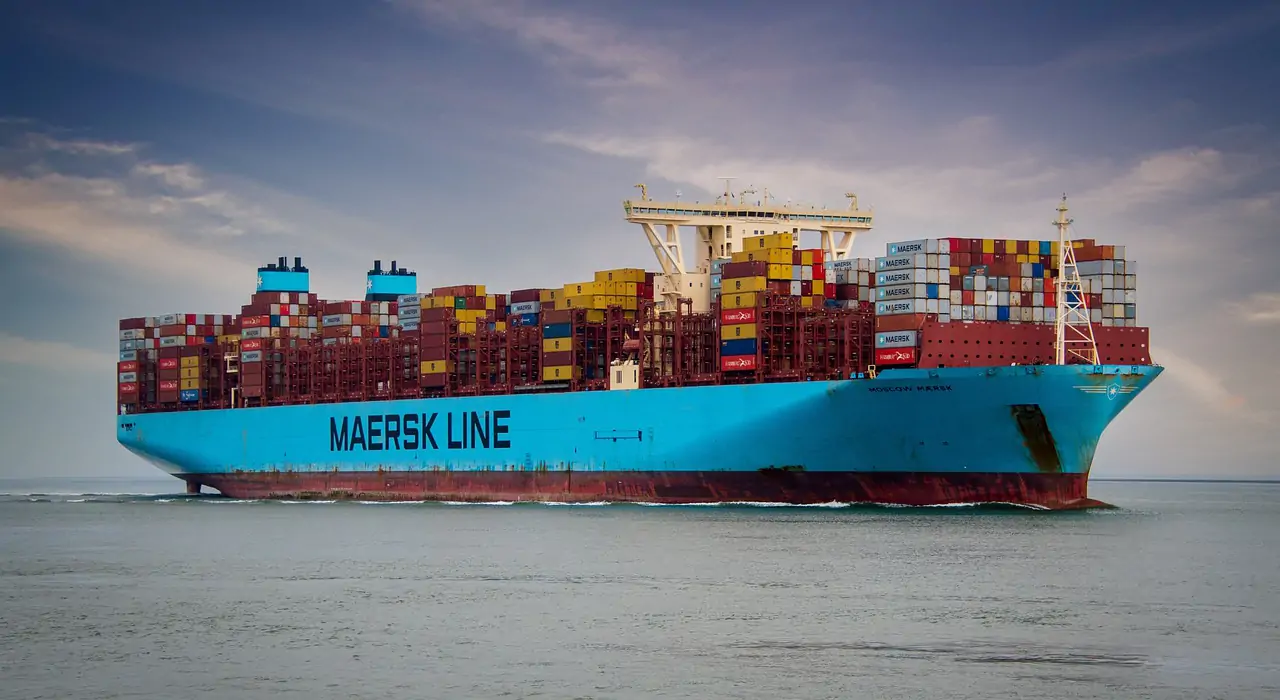Writing Task
Today, food often needs to be transported over long distances from farms to people’s tables. Why is this the case? Do you think this is a positive or negative trend?
Task Analysis
This is a compound mode task that combines two subtasks: determining the reasons behind long-distance food transit and expressing a view on whether the trend is beneficial or negative. One could view the second portion of the work as a variant of the “Advantages and Disadvantages” kind.
In this case, there is no need to worry about meeting the word count, as both sub-tasks provide plenty of content to explore. For the causes, we can easily find reasons related to globalization, which makes long-distance food transport more common. Regarding whether it is a positive or negative trend, focusing on environmental impacts and potential damage to local producers will offer straightforward and strong arguments. These areas will allow us to effectively discuss both aspects of the task while supporting our viewpoint.
Writing Sample
Food is often carried across a long way nowadays, from farms to consumers. This is caused by a number of factors, including the need for year-round variety and the globalization of trade. Although there are some advantages to this approach, I believe that there are more drawbacks.
Food travels great distances, partly due to globalization. Food items that are out of season or not readily available locally are imported by numerous nations. For instance, tropical fruits that cannot be cultivated are delivered to colder climates. This makes it possible for individuals to eat a greater range of foods year-round, regardless of the weather where they live. Additionally, it promotes global trade, which opens up new markets for manufacturers and consumers equally.
However, long-distance food delivery can have serious downsides. Firstly, it contributes to pollution in the environment. Vehicles that produce greenhouse gases are used in the food transportation process, which adds to climate change. This environmental burden is further increased by the energy required to keep food fresh during transportation. Secondly, food quality and freshness may be compromised during long-distance transportation. Long-distance food delivery often involves picking food before it matures, which could negatively impact the food’s nutritional value and flavour. As a result, people could end up eating food that is of less quality than what is produced nearby.
Reliance on imported food can also be detrimental to regional producers. Local farmers may find it difficult to compete when lower-priced foreign goods overwhelm the market, which could hurt the local economy and decrease food security. In addition to guaranteeing fresher goods, encouraging local food production builds community by keeping money in the area.
In summary, the advantages of long-distance food transportation such as increased diversity and support for global trade are outweighed by the negative effects on the environment, freshness loss, and local farmers. As a result, I think this is a negative trend.
